Shifting gears for the moment: I've been creating a mental crayon map of potential medium-distance rail services in New England, and in the course of that was reminded about the
Central Corridor Rail Line proposal. This is a proposal for some kind of rail service from New London to Norwich to Willimantic to UConn to Palmer to Amherst to Brattleboro over existing freight tracks.
And... I have so many questions?
First off, what kind of service is this meant to be? Commuter rail? Into New London, New England's... 135th largest city? (Roughly the size of Belmont or Wakefield.) (Though, to be fair, the New London-Norwich NECTA comes in a reasonable 9th place.) Downeaster-style medium distance? Okay but to where? And from where?
Second, why is Amherst/Brattleboro the northern anchor? Why not run into Springfield? That would at least give you a major anchor at one end and a minor anchor on the other. I suspect the reason for this is that it would require a switch addition at Palmer -- the southwestern quadrant of that crossing currently lacks a switch. That's fair enough, but this project would already require several million dollars of track upgrades to reach reasonable speeds, so adding a switch doesn't seem like the most unreasonable idea, especially to divert trains into New England's fourth largest city.
And yeah -- those track upgrades are mucho necessary. I went and dug up the timetable for the last passenger service to run over those tracks:
Amtrak's Montrealer (now Vermonter) in the early 90s. Allow me to screenshot the relevant section:
The New London-Amherst leg is 85 miles, and took
three and a half hours (average 24 mph) going southbound
. Amherst-Willimantic is 56 miles and took two hours (average 28 mph), while Willimantic-New London took
95 minutes to travel 29 miles (average 18 mph)
. Northbound was a little bit better, managing to shave 35 minutes off the New London-Willimantic leg, but still taking over three hours to go 85 miles (average 28 mph).
No wonder the train was an overnighter -- it turned the MTL-NYC run into a 14-hour journey by crawling across half of Eastern Connecticut only to double back!
(If you are wondering whether that Willimantic stop really slowed things down somehow, it did not.
The 1989 timetable, when trains ran direct between Amherst and New London, is 3 hours and 15 minutes southbound, and somehow exactly the same amount of time running northbound as was scheduled in the 90s.)
So, obviously those track upgrades are a must.
Now, a few ideas and comments.
First, to me this proposal seems much more sensible if it includes service to Springfield. Palmer is 14 miles from Springfield, Stafford is 27 and UConn is 38. (Roughly equivalent to Framingham, Westborough and Worcester, respectively.) The density is nothing like Greater Boston, but the travel times would at least be reasonable (assuming track upgrades). Combine that with the moderately higher density at the other end of the line in Willimantic, Norwich and New London, and you might actually have something worth more than 1 daily round trip.
Second, Amherst to me seems unlikely to be begging for direct rail service to the Quiet Corner in Connecticut. And likewise, anyone traveling from Hartford, New Haven, New York or beyond would likely ride to Northampton instead and pursue last-mile transport from there. But, as we've discussed previously, it strikes me that there could possibly be demand for service from Amherst to the eastern parts of the state. Students can make day trips to Boston, and Boston/Metro-West residing professors can commute out a couple of times a week for lectures. Perhaps one early morning trip in each direction and one evening trip in each direction, Amherst-Boston, enough to get you to either location for a 10-3 working day; and then maybe a midday trip or two that is achieved via transfers at Palmer.
Which brings us to Idea the Third: boy is the topology of this line inconvenient! At the southern end, you have Norwich and Willimantic which both could
conceivably be of interest to Providence commuters, and maybe barely of interest for Boston supercommuters -- Norwich moreso of the two, being only 12 miles north of New London. New London is a little less than 2.5 hours from Boston on an all-stops
Regional, and about 1.5 hours on an
Acela which runs express to Providence. You could maybe swing a Willimantic-Norwich-New London-Providence-Boston journey in 2 hours, which could actually be competitive with driving.
But.
The tracks are pointing the wrong way at New London. Willimantic and Westerly are both "railroad east" of New London. So you'd have to do a reverse move (or a timed transfer). It's not impossible, but it is lamentably inelegant.
There's a similar problem at the other end as well. UConn is about 24 miles away from the junction at Palmer -- a bit further than Amherst's 19, but not crazy. And while UConn doubtless has fewer students from Massachusetts than UMass does, there presumably would still be some use for rail service to the nearest big city, Boston.
But. Again. The tracks are pointing the wrong way at Palmer. You could do a reverse move or a timed transfer, but... it's only a 1 hour drive between Worcester and Storrs. Insofar as the Boston-Amherst idea is marginal, the Boston-UConn idea is sadly all the more so.
So where does this leave us?
I'd suggest three service patterns:
- Springfield-New London;
- all day service
- designed for commuters at both ends, as well as commuters going to UConn;
- assuming 45 mph service (which hopefully is an underestimate), this would be a 90 minute journey, well in the commuter rail realm, particularly as few riders would travel end to end;
- with luck, include a timed transfer at New London to support (super-)commuters to Providence and Boston from Norwich and Willimantic
- Amherst-Boston;
- two daily trains in each direction, early morning and late afternoon,
- journey time of maybe two hours,
- intended for non-daily supercommuters and students
- Amherst (or Brattleboro)-New London;
- 1 mid-day trip in each direction
- scheduled around timed transfers at Palmer to Boston-Springfield service;
- gives Amherst mid-day rail service as well as a link to UConn -- enough to support students going for overnight events, that kind of thing;
- the most "long distance" style service of these three, would also be more appropriate for extending to Brattleboro and points further in Vermont, since the need to adhere to something like a 9-5 schedule isn't as strong
But -- absent all that -- and in particular absent the switch at Palmer -- I'm scratching my head a bit here. I mean, I love trains, and I'm pretty much always in favor of running them everywhere. But this line (as Brattleboro-New London) cuts across literally the only remaining density gap in BosWash and almost seems to actively avoid linking in to anything else.
Someone can hopefully tell me why I'm wrong and why this actually makes sense.
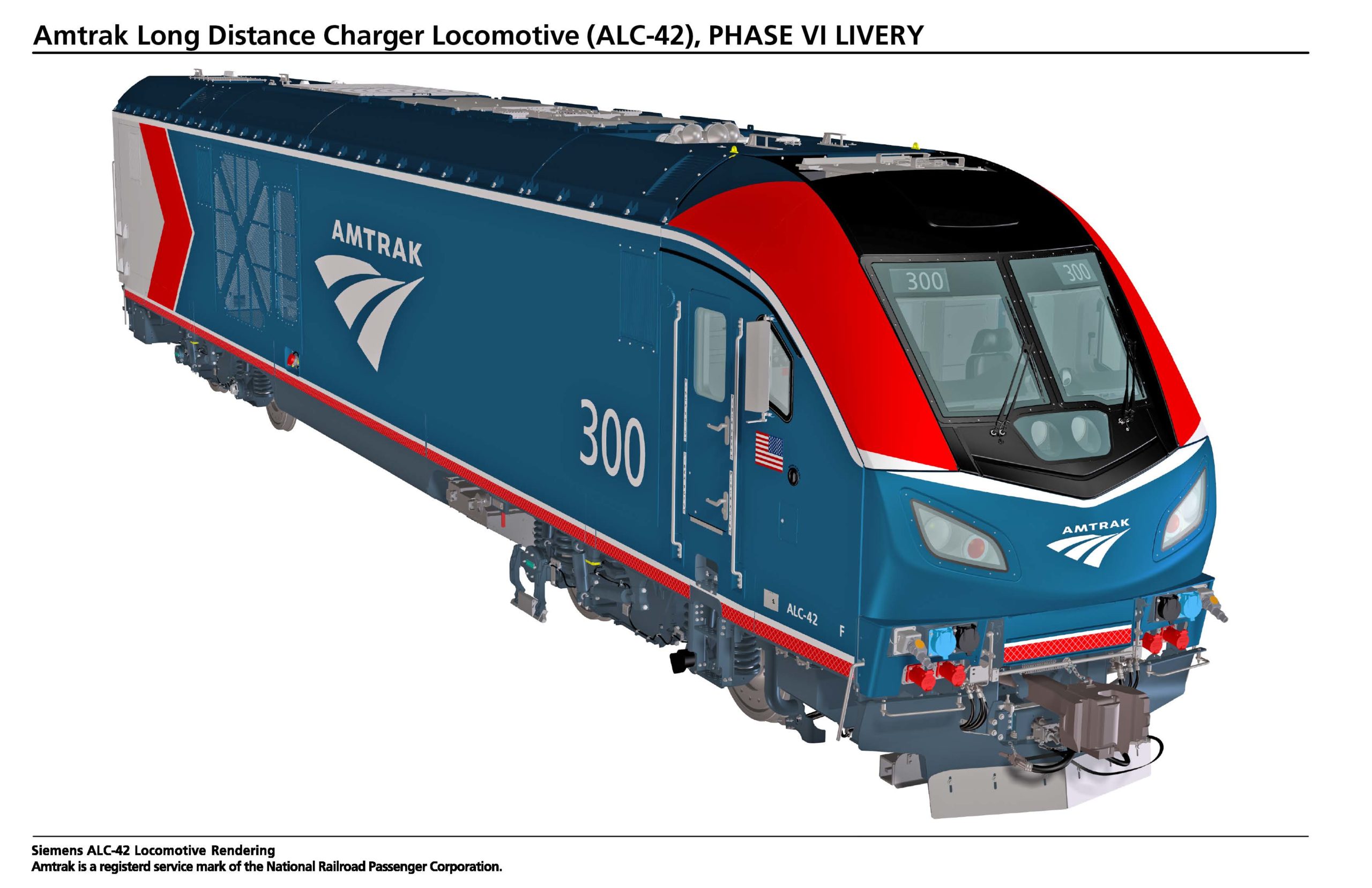
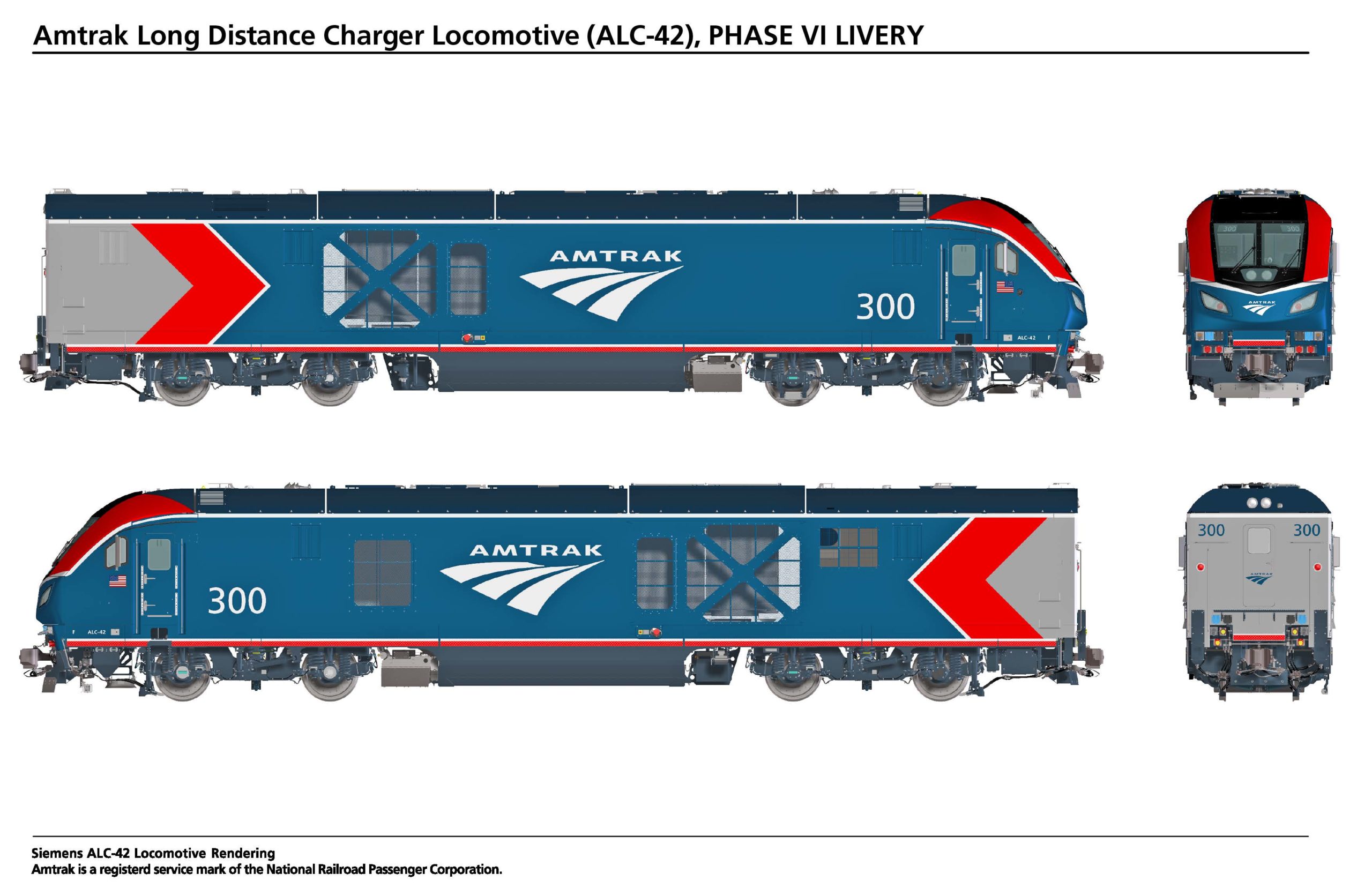
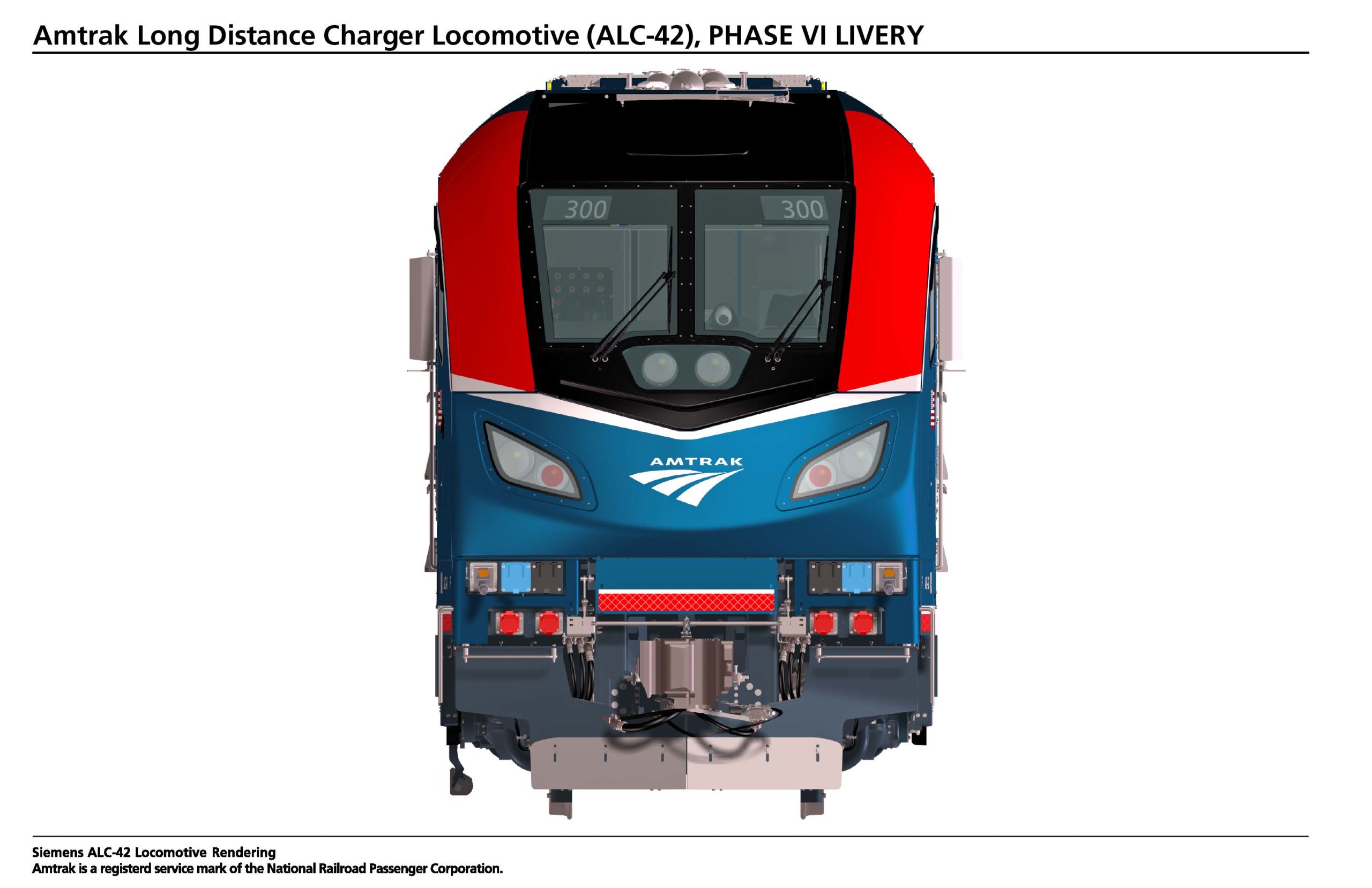








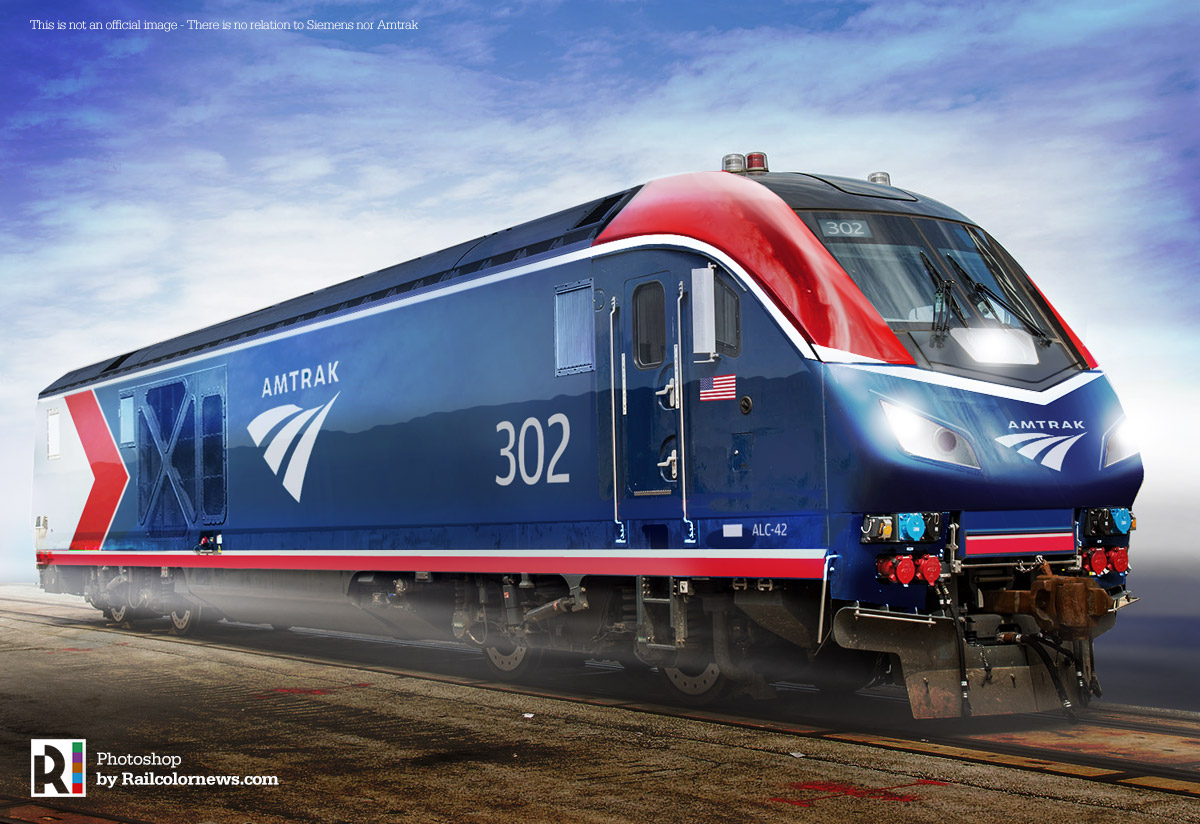

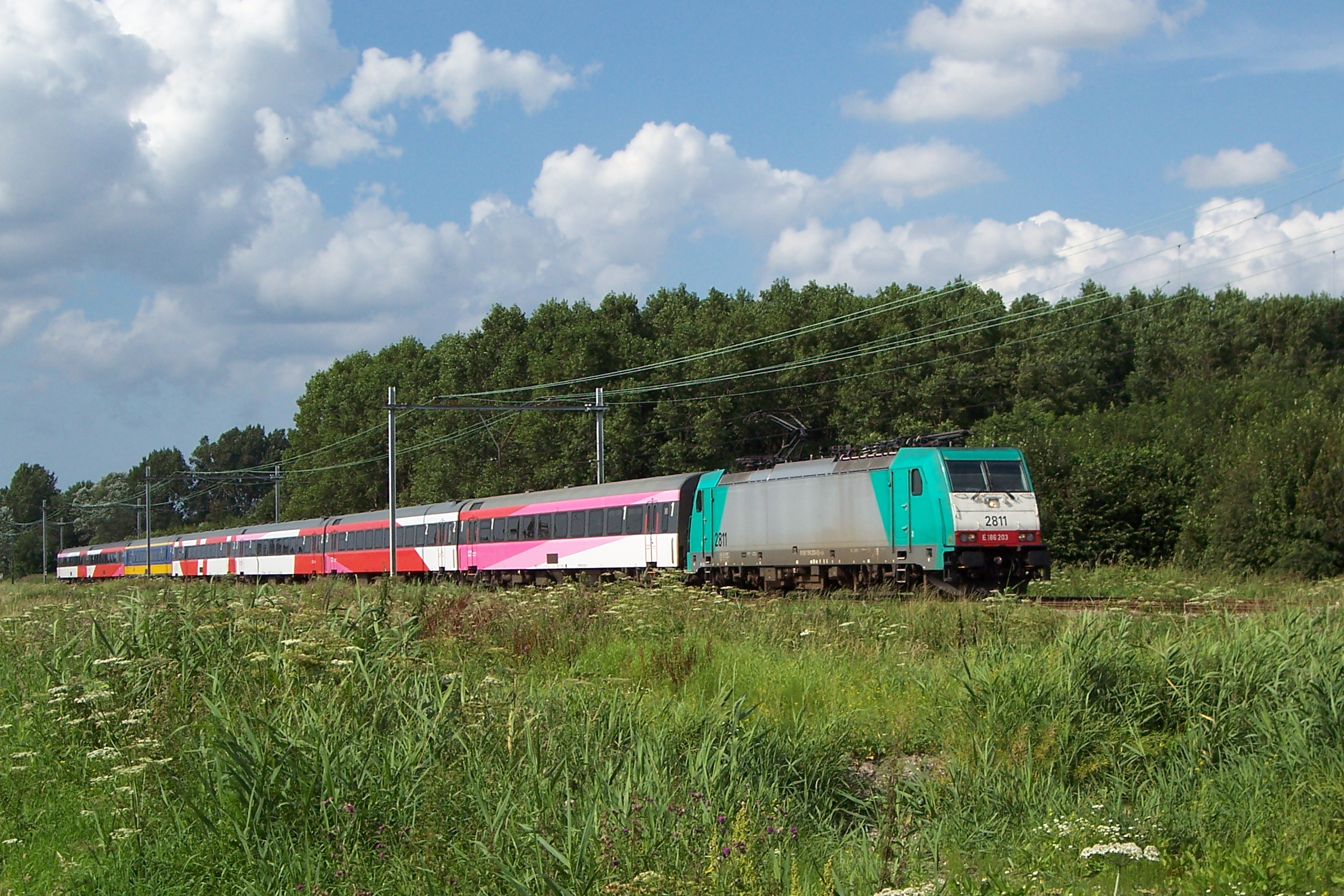
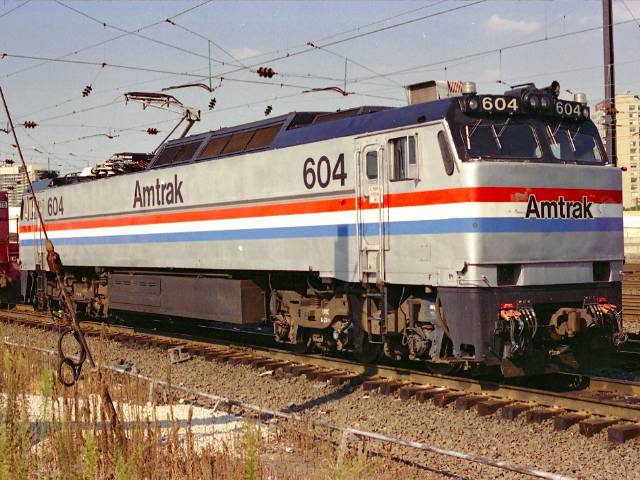
_Train_121_the_Afternoon_Congressional_at_Washington%2C_DC_Union_Station_on_January_18%2C_1969_(22337486070).jpg)